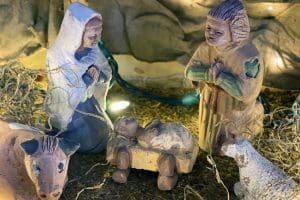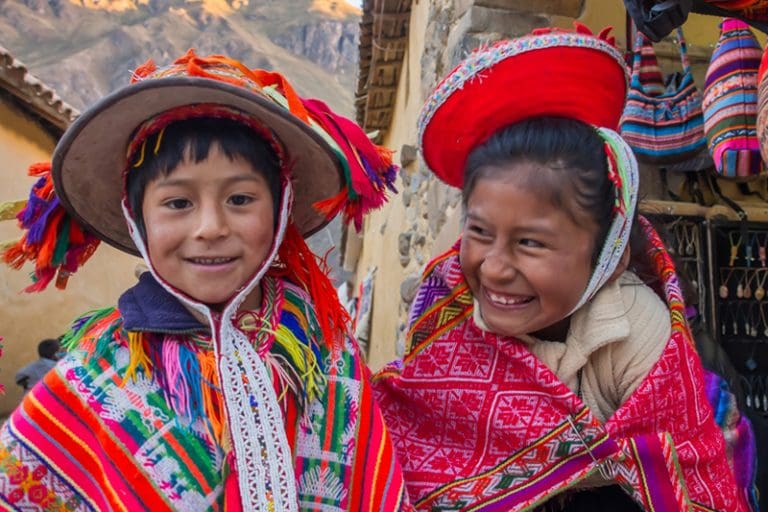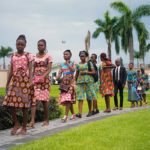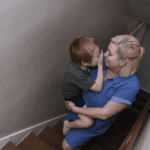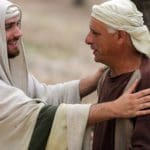During the time I spent in Peru, one of the highlights for me was the children. They had big brown eyes, dark brown skin, and ebony black hair, but in reality, they are no different from any of the children I knew back home.
In preparation for our trip, our tour guide suggested that we might take small presents that we could give away. It was fun going to Walmart to prepare, especially since it was the back-to-school sale, even though it was just mid-July. Many of us had the same ideas as we loaded our suitcases with boxes of crayons and pencils, along with the usual candy.
It was fun to kneel and offer a child a box of crayons and watch their eyes sparkle with excitement as other children came running to get their own gift.
When we toured places, I liked to see how people lived. So, when we stopped at the city of Ollantaytambo, and the others in my group went to the market, I spent time elsewhere. One home had a sign in poorly written English that their home was open for viewing. There was some other writing I didn’t understand. It was the home of a Quechua Indian family. I motioned to the father sitting by the door that I would like to see it.
“One sol or one dolla” he said. I could get three sols for each dollar, so I handed him a sol, and he led me inside.
I smiled at the little herd of Guinea Pigs that ran around the interior of the house under our feet. The man pointed at them and said, “Dinner,” pointing to his mouth. The Guinea pigs were one of the main foods of these indigenous people. It was no different from us having a herd of cattle, except the cattle didn’t live in the house with us.
The home only had one room that included a cooking area at one end, and mats rolled up on the floor at the other. It had a dirt floor. The man was proud of his home and his family. In his broken English, he said, “Best home in Ollantaytambo.” Once he said it, I realized that was what he had tried to write on the sign outside that I hadn’t understood.
As we turned to leave, a bright-eyed little Quechuan girl of about eighteen months stood in the courtyard in her traditional Indian dress. Her mother stood beside her in a similar dress with a small alpaca on a rope beside them. I asked if I could take their picture.
The mother said, “One sol or one dolla.”
I took the picture, then kneeled to give the little girl the sol that was expected for this privilege.
Her mother told her in their native tongue, motioning so that I understood what she was saying, for the little girl to hold out her hand. The small child obeyed and opened her chubby little fist and allowed me to place the money in it. She wrapped her small fingers around it and held it close to her face, staring at it, as if she wasn’t sure why she really wanted it. At her mother’s beckoning, the small child toddled over to her to deliver the goods.
Later, standing on the hillside where the fortress and temple had once stood, where the last of the Inca emperors had made his final stand against the Spanish conquistadors, another member of our group took a picture of a little girl who was about two. When she finished taking the picture, she handed the little girl a dollar.
When the girl’s mother reached for it, the girl pulled it back and tried to stuff it in her sweater as she had seen the adults do. The girl did not deliver it to her mother until her mother produced a small candy in exchange.
Yes, indeed, children are much the same wherever you go.








